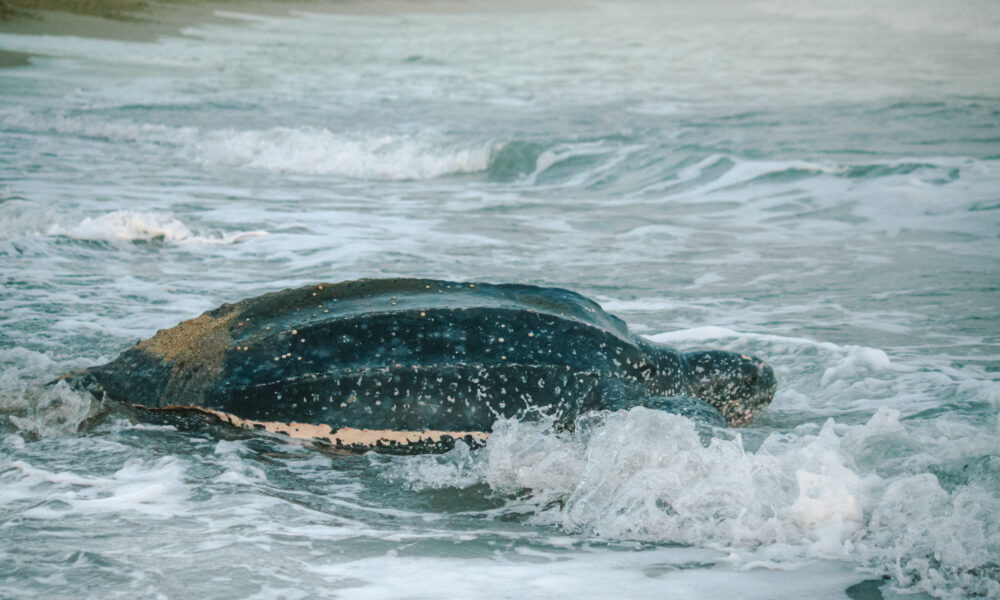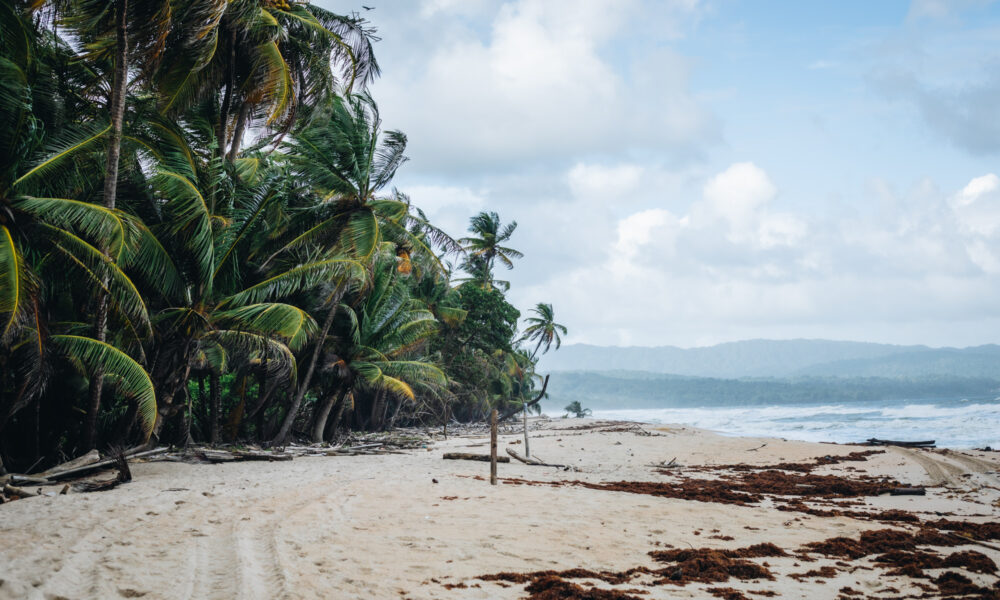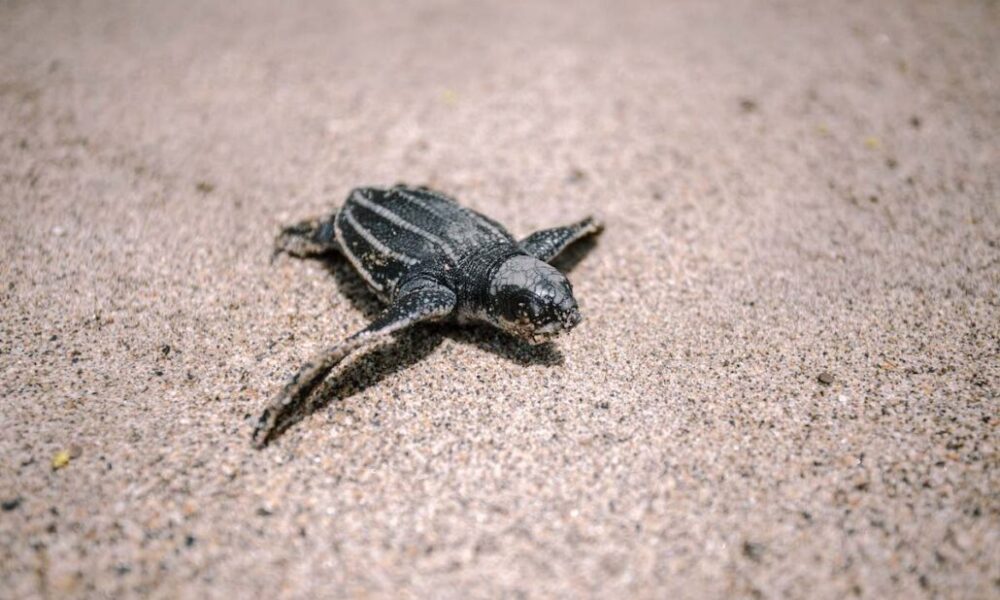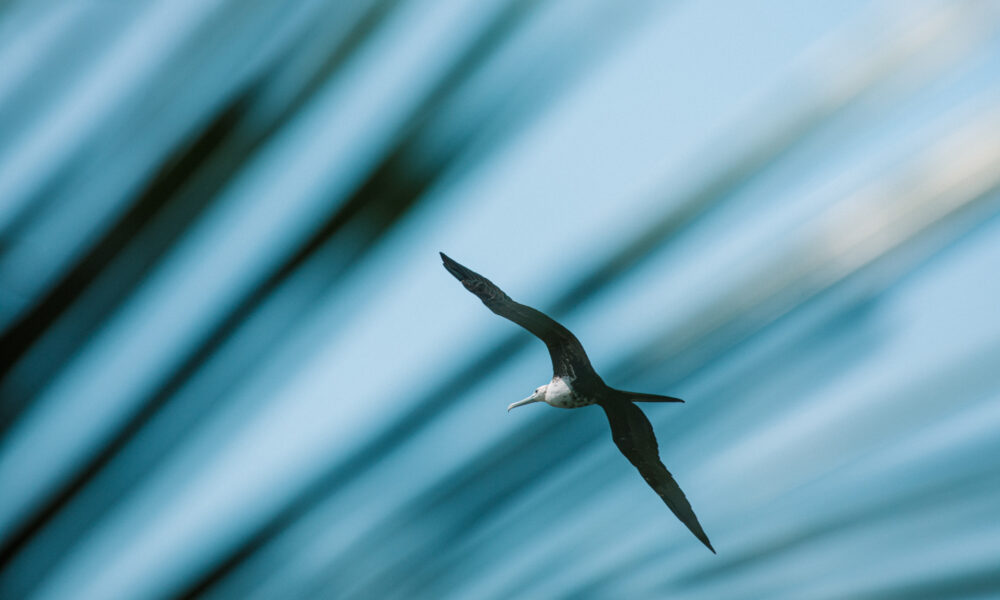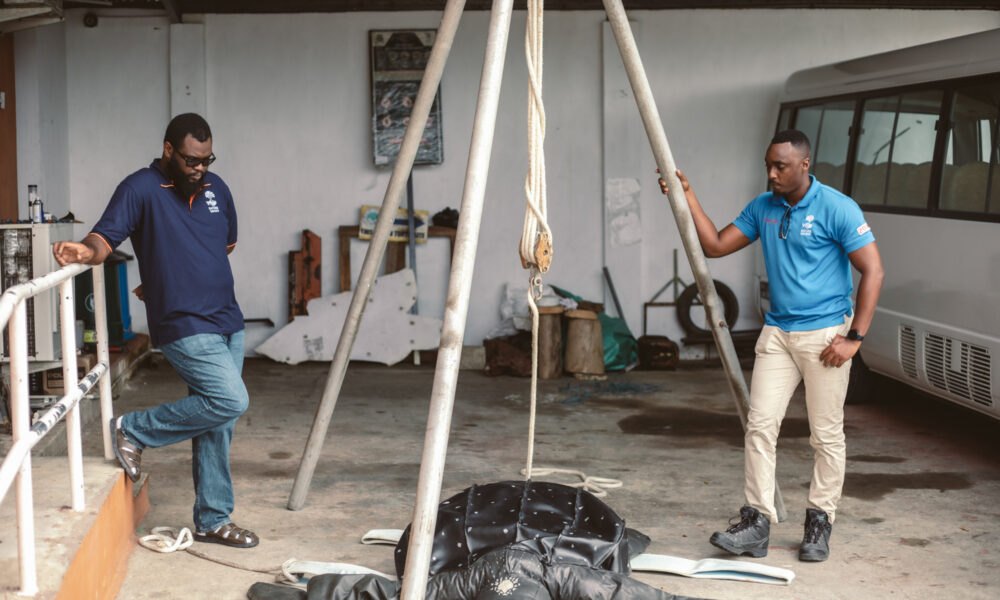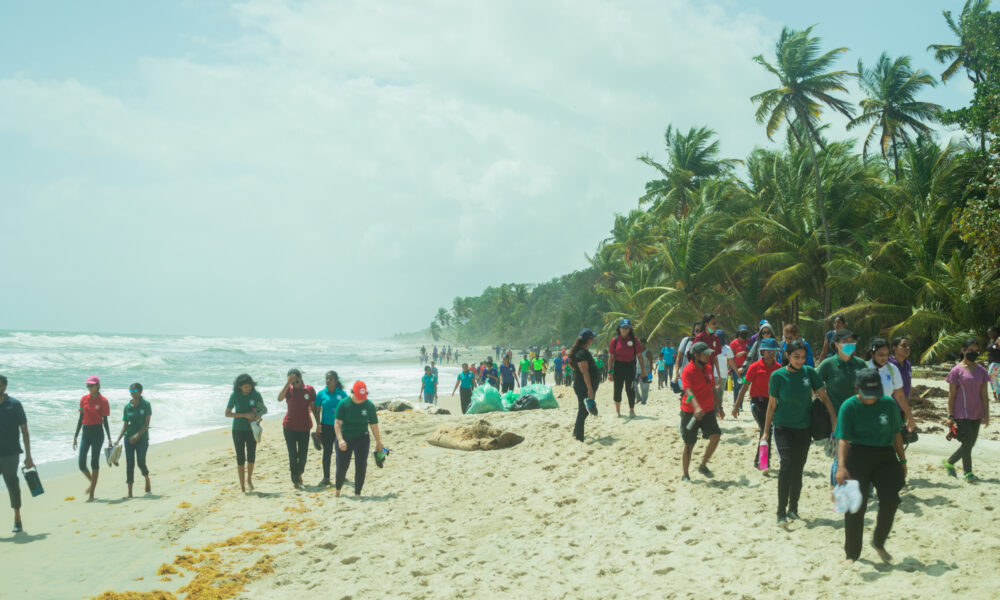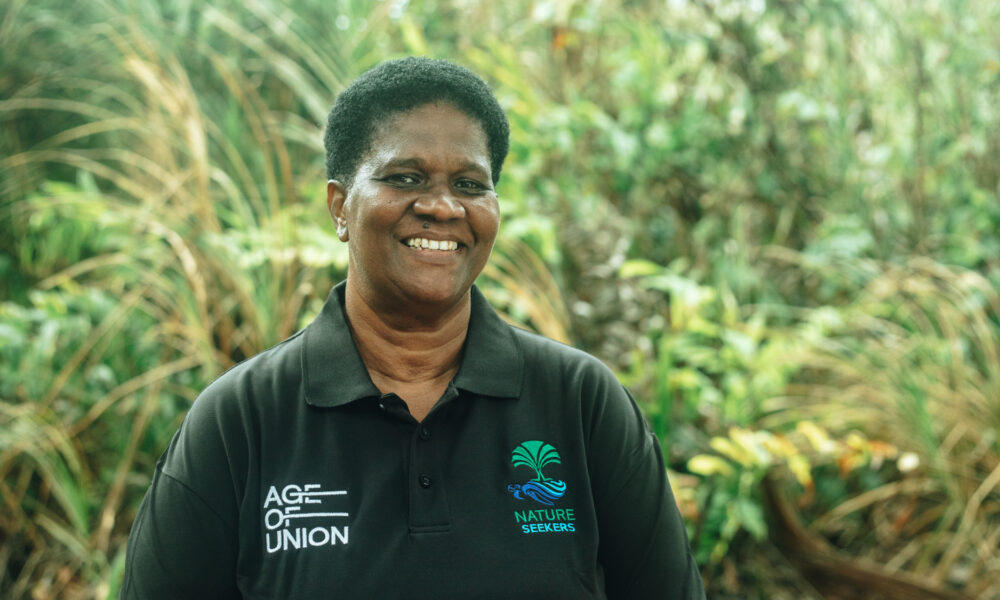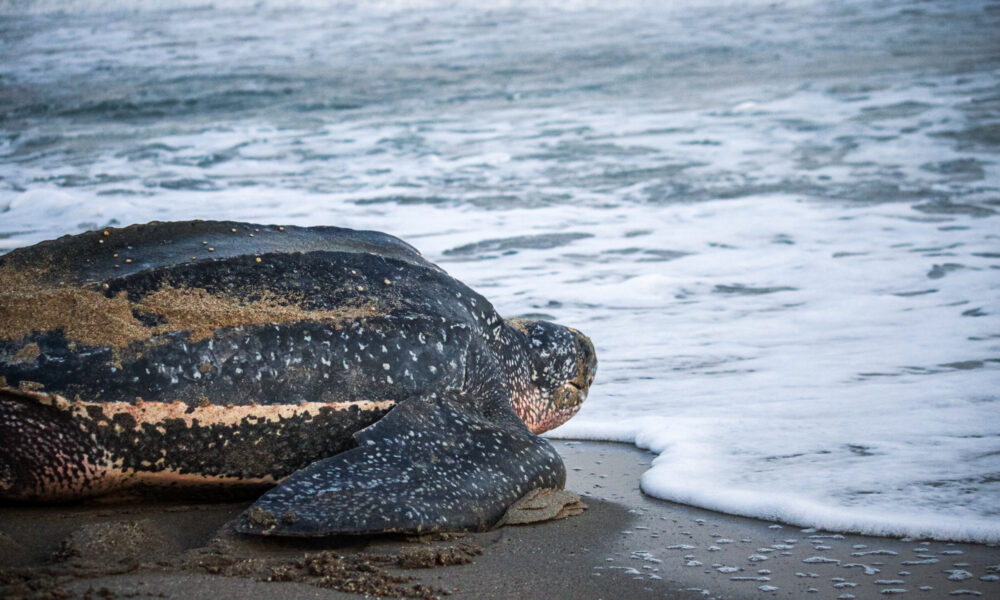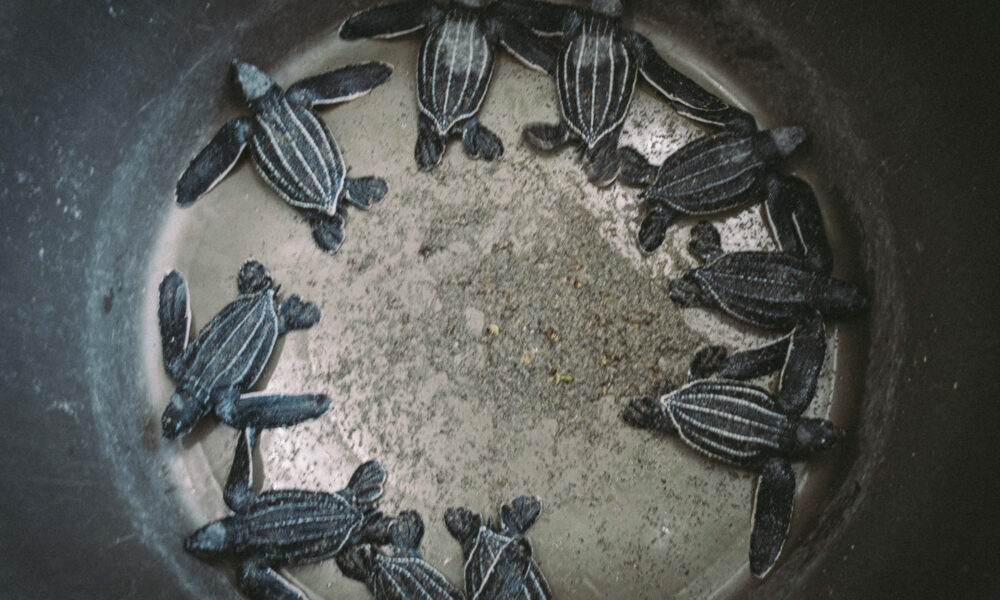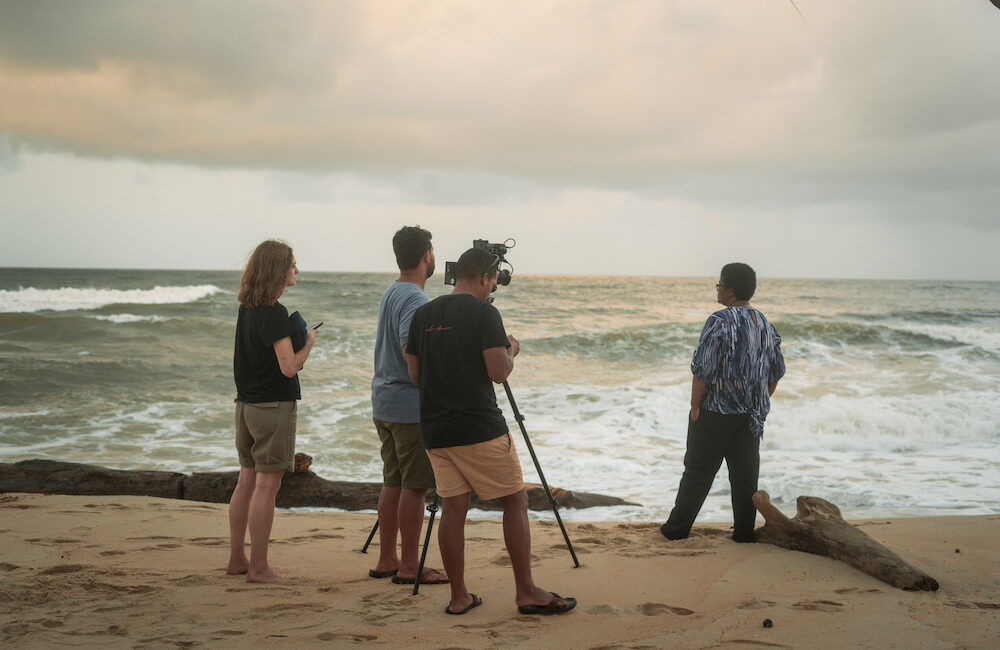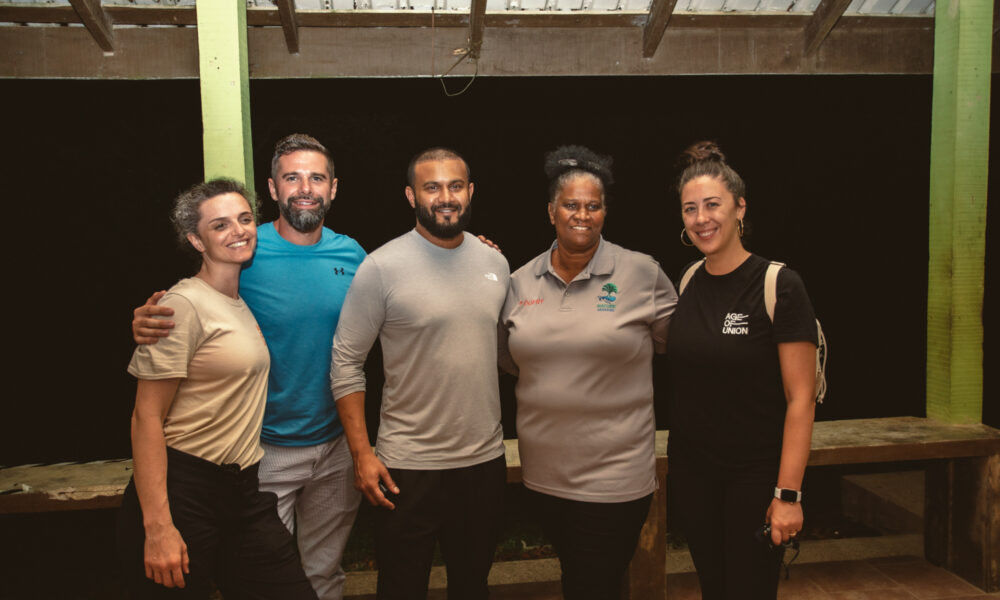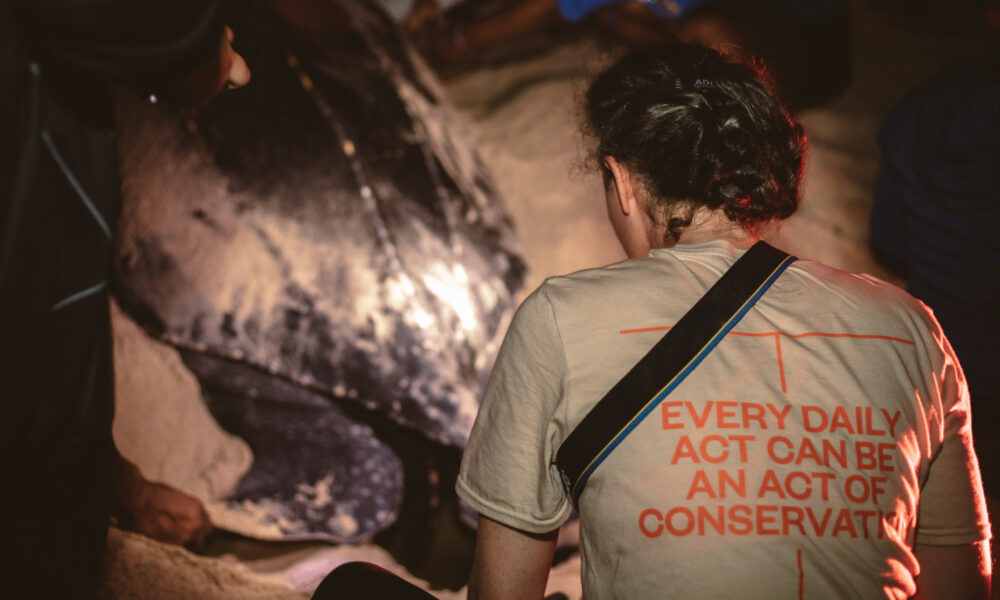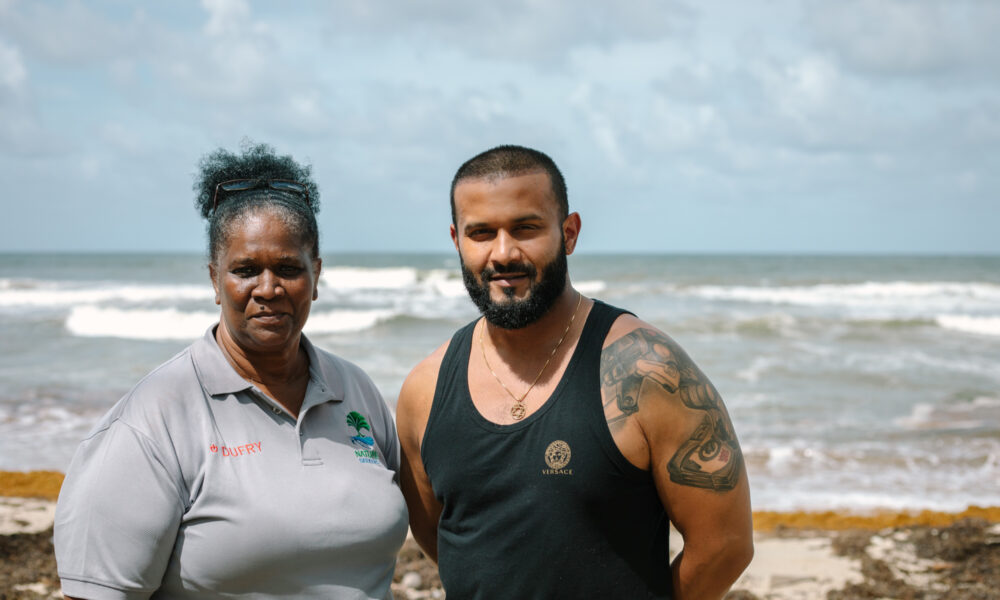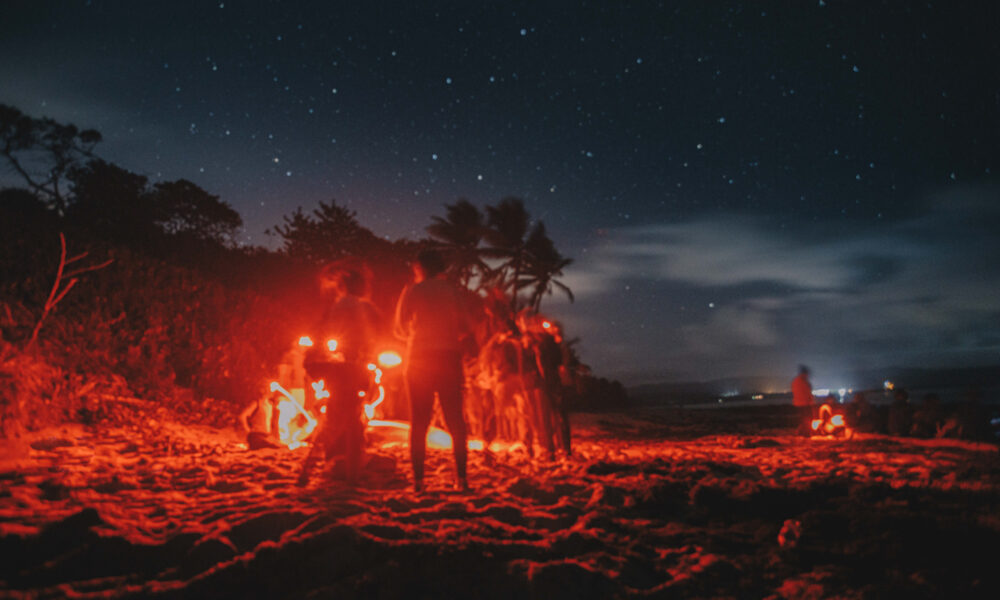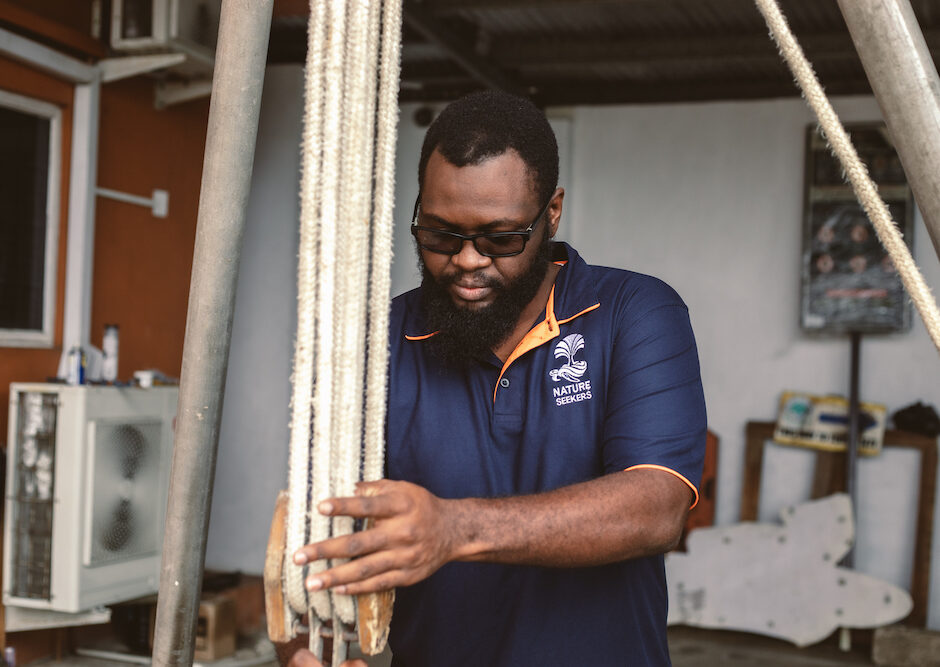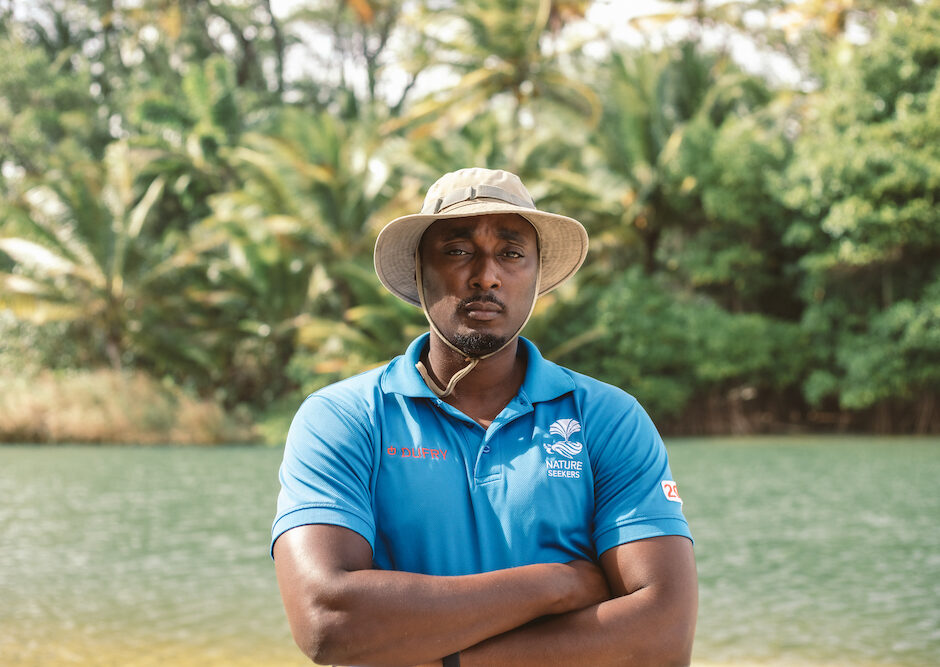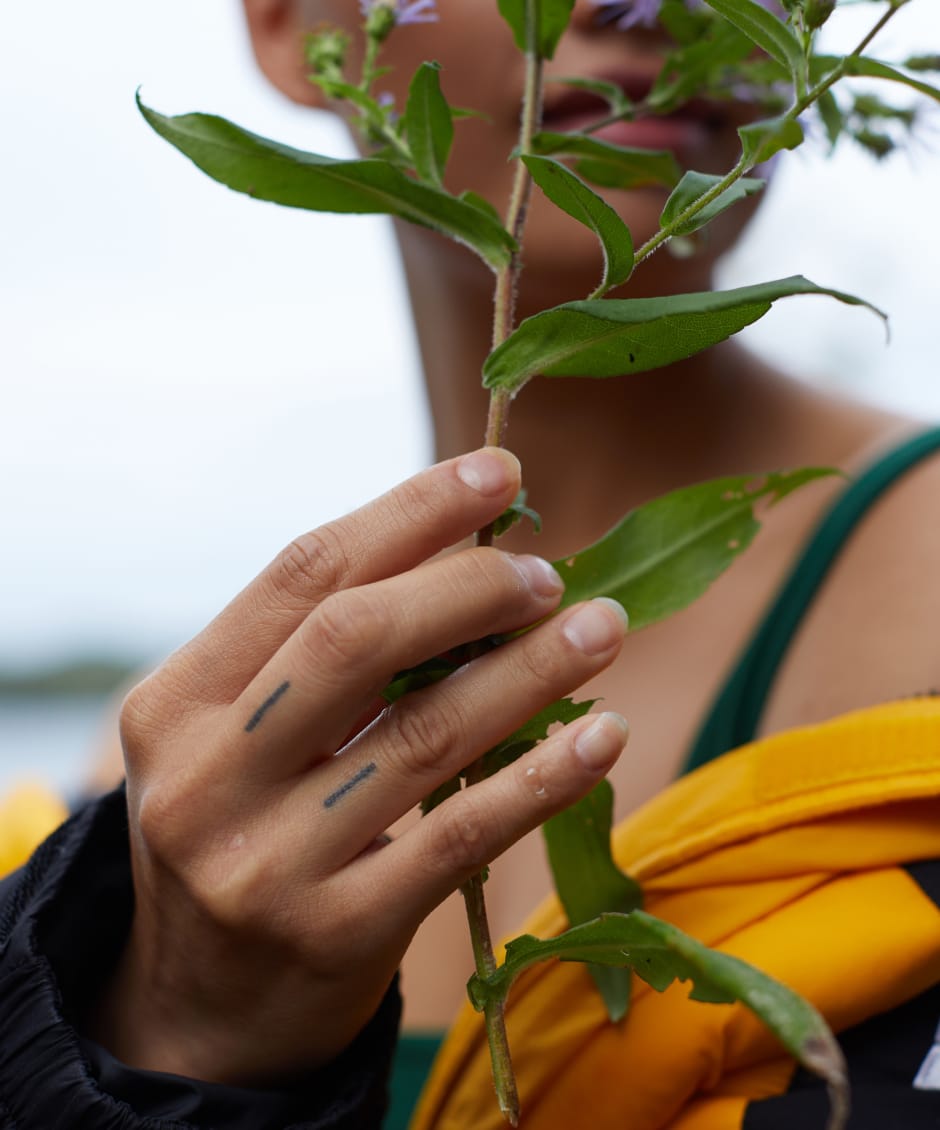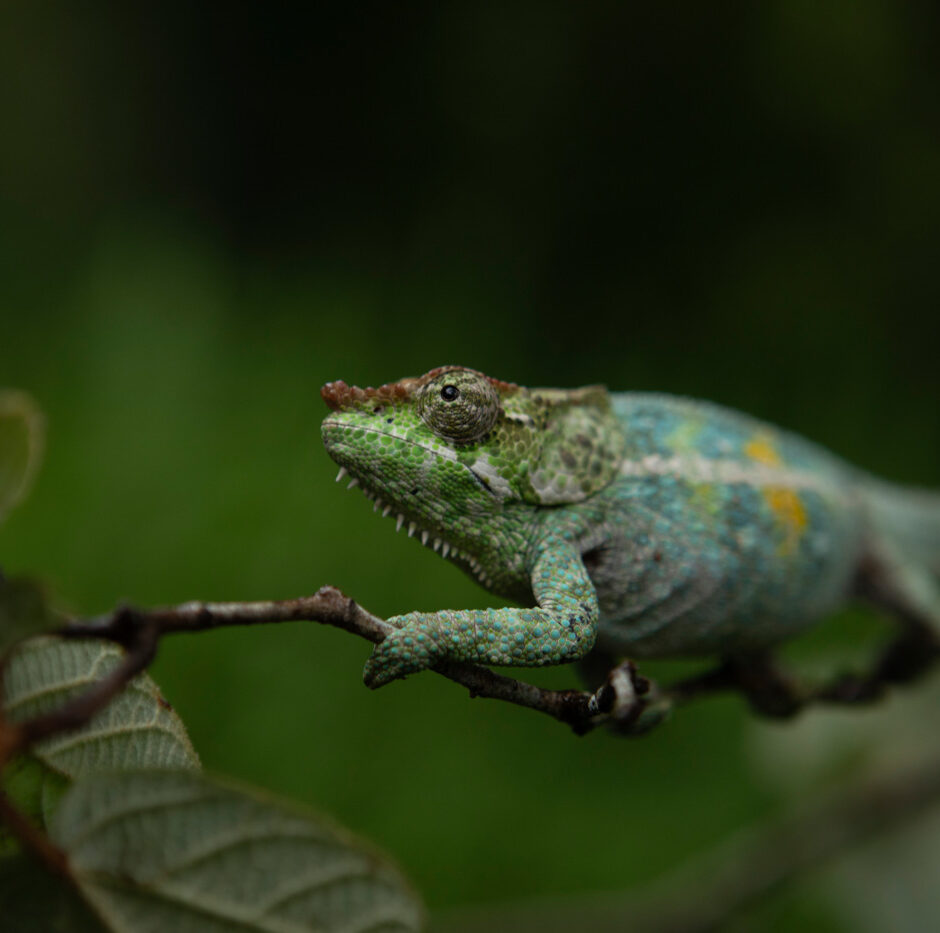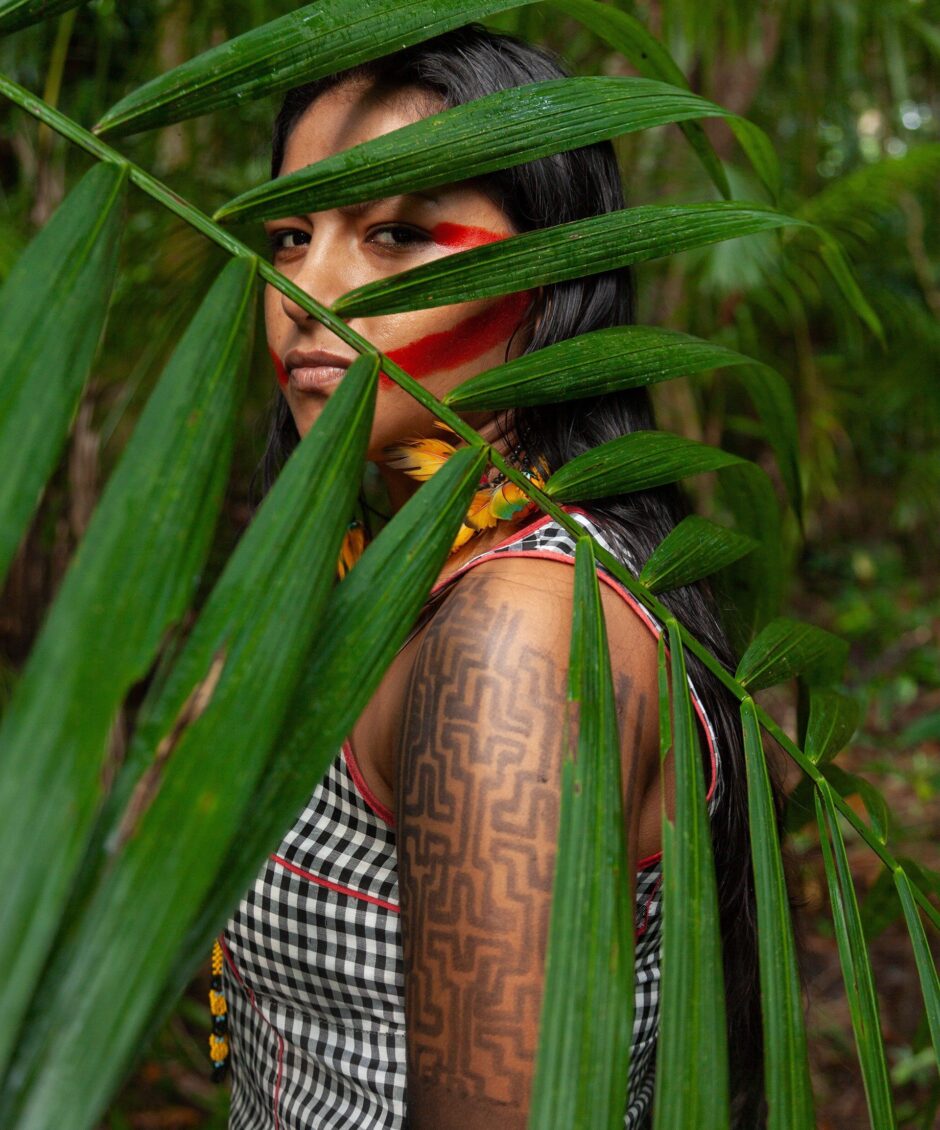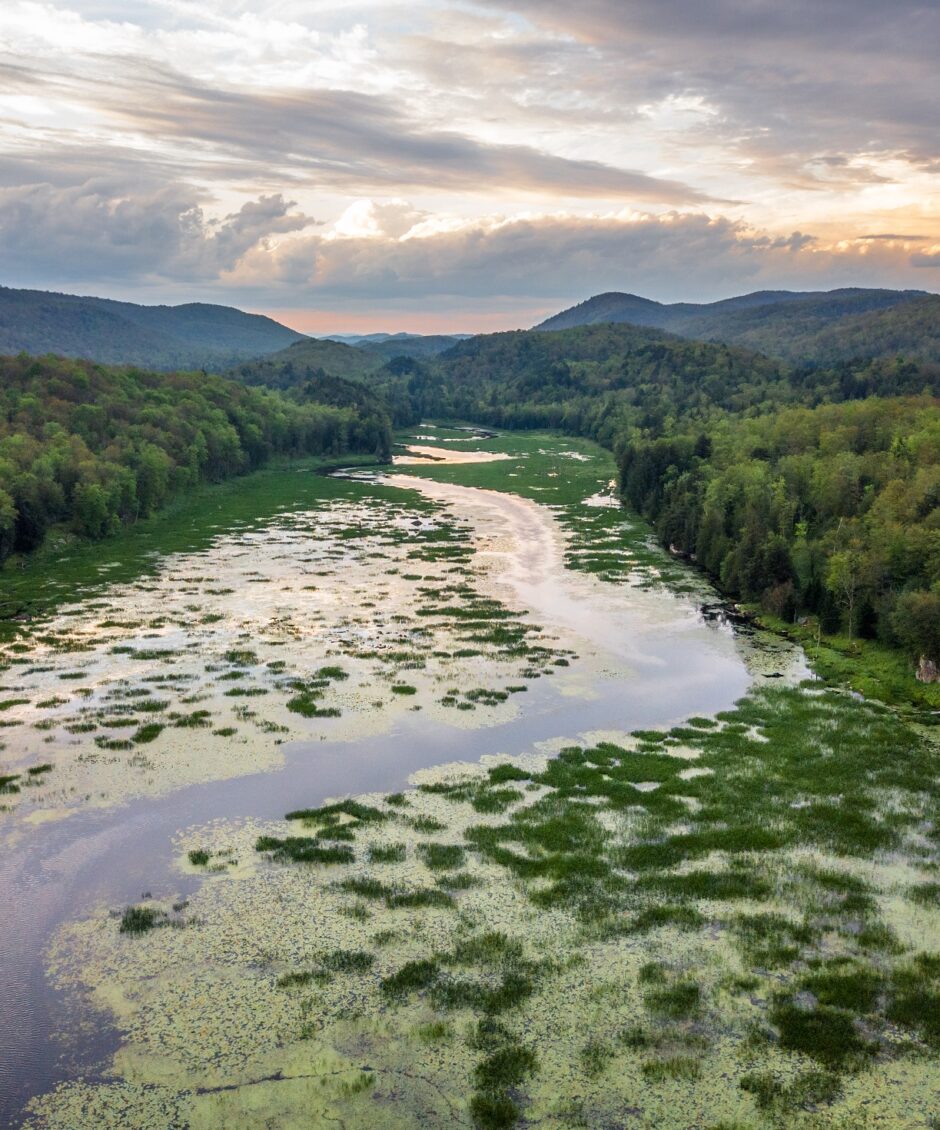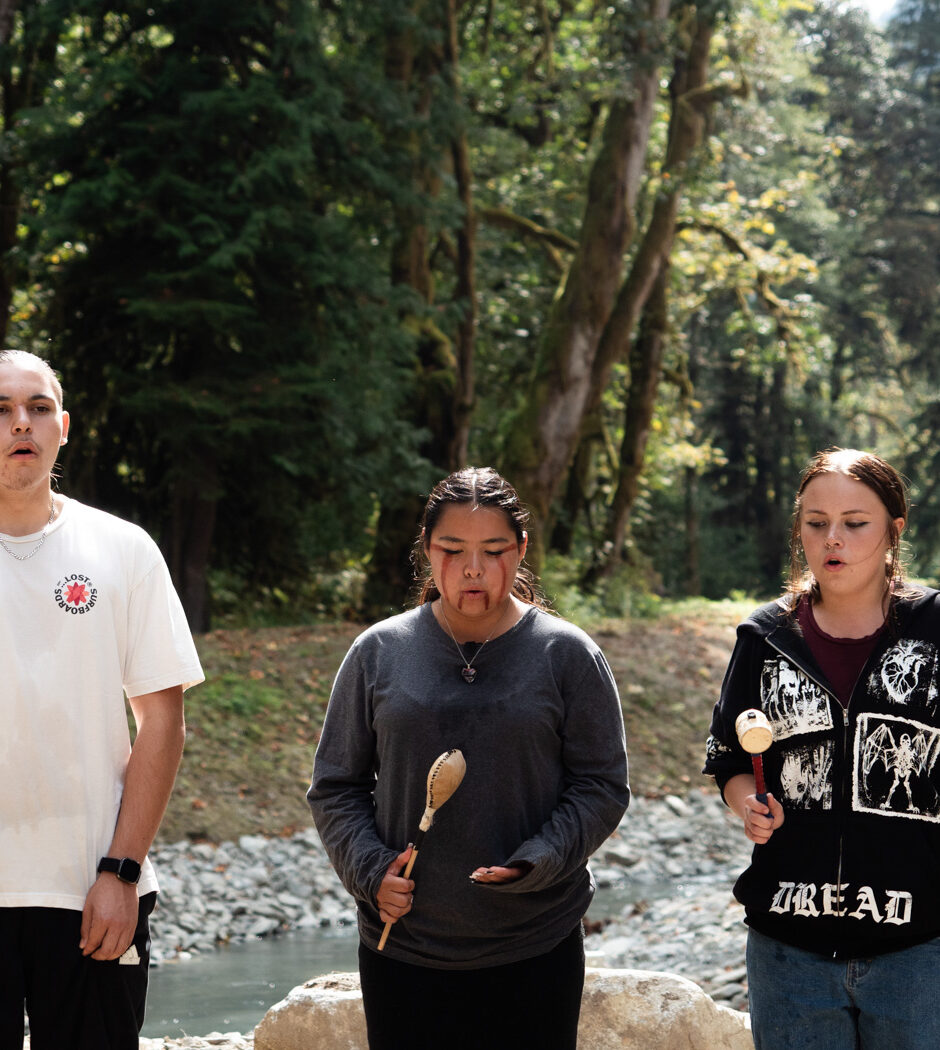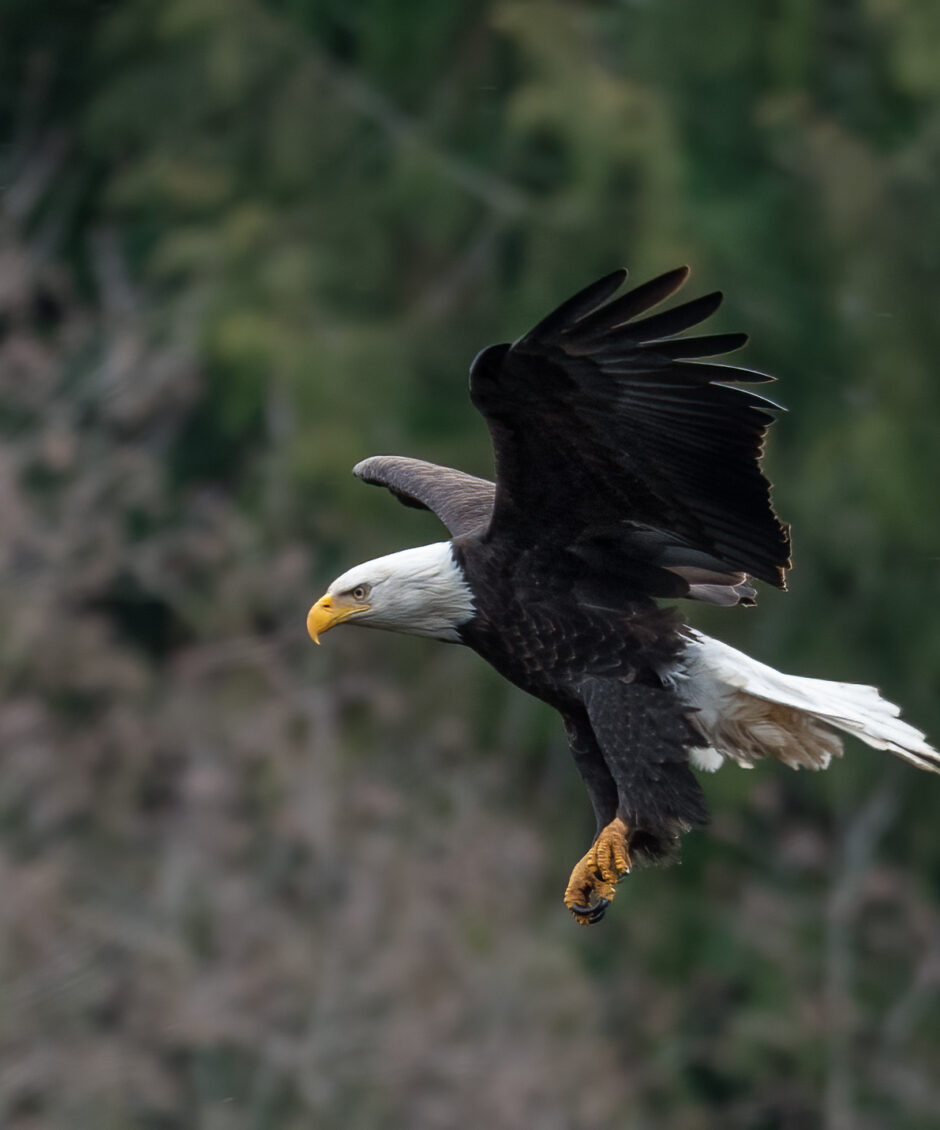Nature Seekers
(Trinidad)
Region Caribbean
Species Protection

The tropical Caribbean regional ecosystem is home to vibrant communities of flora and fauna. Trinidad, in particular, is renowned for its rich diversity of bird species and its significant sea turtle populations. However, the fragile balance of this ecosystem is under threat from climate change and pollution, posing significant risks to many endangered species.
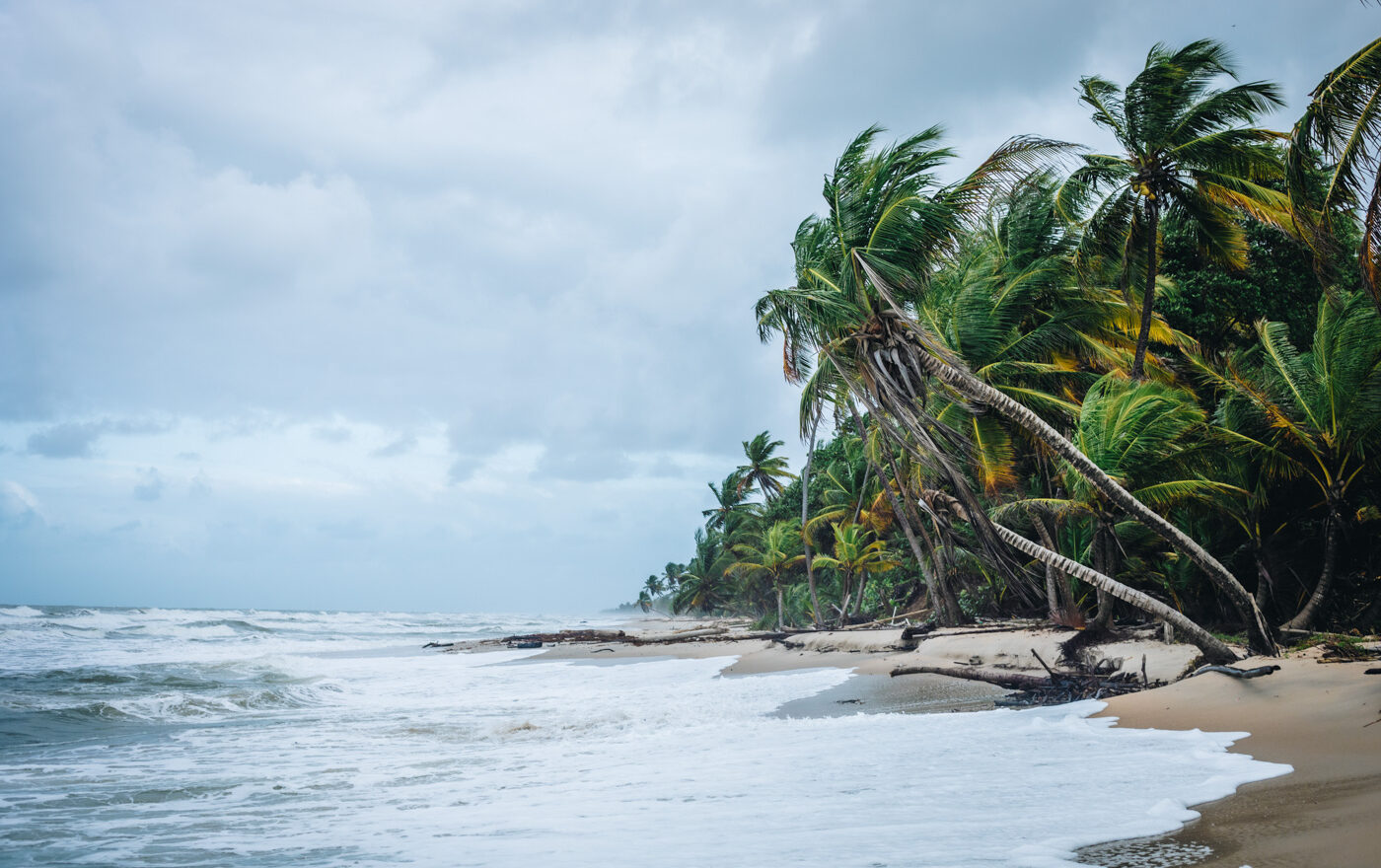
Matura Beach
Nature Seekers engages in sea turtle monitoring annually along the 8.8-kilometre-long Matura beach. This work aims to prepare, protect, and collect data before, during, and after the turtle nesting season. From March to August, the beach plays host to over 200 turtles per night, with an average of 2,000-3,000 turtles nesting in a season, representing half of the nesting activity in Trinidad and Tobago. Matura Beach is one of the last remaining strongholds for the species in the world and is therefore critical for the survival of the leatherback turtle.
Founded in 1990, Nature Seekers’ vision is that of an environmentally friendly community empowered with the skills and training enabling anyone to work with each other, generating sustainable livelihood while protecting the natural resources of the country.
Leatherback turtles are threatened by pollution and the side effects of climate change, such as sargassum, which prevents them from reaching the beach to lay their eggs or for newborn baby turtles to reach the ocean.
Sea level rise also plays a critical role in the endangerment of sea turtles. Not only does the sea wash away and expose turtle nests on the shore, but it also prevents sea turtles from finding their way back to the beach where they were born and are supposed to return to lay their eggs. Sea turtles’ memories are imprinted with a sensory map of the sand texture, smell, and temperature, enabling them to swim back to the same site to nest years after they were born.
Partnership Impact
- 8,766 turtle nests counted over two seasons
- 5,252 km patrolled to secure beaches, conduct turtle counts, and assist turtles
- 112 drone flights covering 655.8 km of coastline
- 3,489 interactions between turtles and rangers (weighing, counting, aiding hatchlings, etc.)
- 171 turtles weighed
- 2,136 individual turtles observed on Matura Beach over two seasons
- 4,529 kg of trash collected, with 5,560 individuals participating in annual beach cleanups over two years
- 27 at-risk nests relocated to 20 artificial hatcheries, leading to 664 successful hatchings
- 89 community members receiving direct economic benefits from turtle conservation

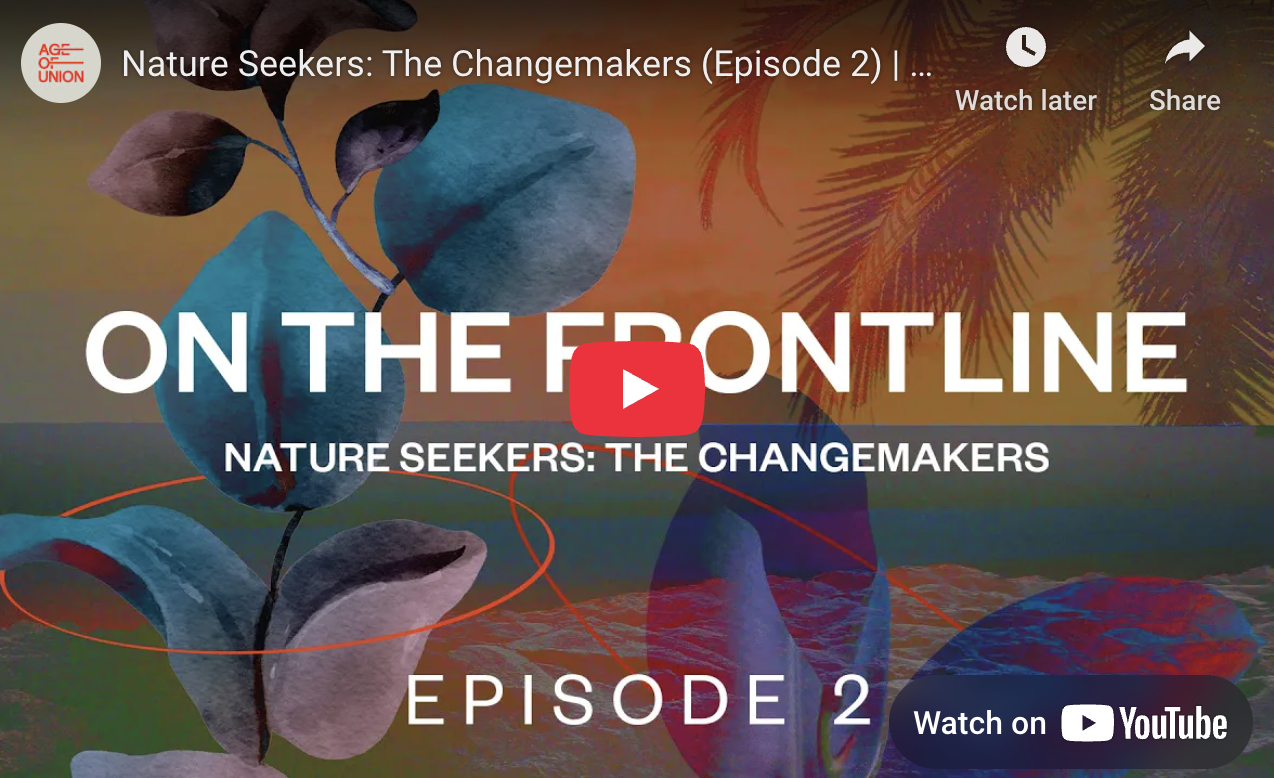
Mission
The project aims to contribute to the protection and recovery of the leatherback turtle nesting population on Matura Beach through various strategies such as:
- Patrol and protect the nesting site throughout the annual season to maintain or increase the survival rates of both adult and hatchling leatherback turtles.
- Collect data during nesting season to better understand the physical health of the nesting population.
- Tackle climate change-related challenges putting the turtles at risk and create climate adaptation and/or mitigation plans for the site while assessing the impacts of climate change on population decline.
- Develop recovery strategies to increase hatchling production.
- Support community engagement and sustainable livelihood activities that align with conservation goals, such as beach clean-up to improve beach access to support successful nesting.
- Design and deploy artificial hatcheries to promote the survival of at-risk nests and allow for the collection of new data sets.
Iconic Species
Leatherback turtles (Dermochelys Coriacea) are named after their shell, which is leather-like and directly connected to their skin, unlike other turtles. As the largest sea turtle species, they can weigh up to 1,500 pounds (900 kilograms) and be as long as 63 inches (2 metres).
They have been swimming around the world’s oceans for more than 90 million years, which means they were already on Planet Earth at the time of the dinosaurs.
Leatherbacks are one of the most migratory sea turtles, travelling an average of 10,000 miles each year to foraging grounds in search of jellyfish, which they can eat up to their own body weight every day.
The International Union for Conservation of Nature (IUCN) lists the status of the leatherback turtle as Vulnerable or Critically Endangered.
Timeline
In the summer of 2022, Age of Union began their partnership with Nature Seekers, committing to providing US $1.5 million over five years.
- May 2022: The Age of Union team visited Nature Seekers during the nesting season and commenced their 5-year commitment and partnership
- July 2023: The Age of Union team returned to Trinidad to film the project, intending to release a short film showcasing Nature Seekers’ activities and its team.
People ()
The
change
makers
Suzan Lakhan Baptiste
Founder, Nature Seekers
Trinidad
Suzan Lakhan-Baptiste is the Managing Director and a founding member of Nature Seekers. Since 1990, she has led community-driven conservation efforts to protect endangered leatherback sea turtles, transforming Matura from a poaching hotspot into a model for eco-tourism and environmental stewardship. Under her leadership, Nature Seekers has employed over sixty local residents and implemented multiple environmental preservation programs. Her work has garnered international recognition, including induction into the United Nations Environment Programme's Global 500 Roll of Honour for Environmental Achievement in 1993 and a nomination as a CNN Hero in 2009.
Kyle Mitchell
Systems Administrator, Nature Seekers
Trinidad
Kyle is the Systems Administrator at Nature Seekers. With over 10 years’ experience in sea turtle conservation and research, Kyle is one of the main members of the Nature Seekers Science Unit. He serves as one of two chief liaisons of Nature Seekers for the satellite tracking project with the Canadian Sea Turtle Network. Kyle is also a certified tour guide with over 8 years of experience and has received training in photography and graphic design. Due to his background, he is also the head of all Media and Film at Nature Seekers and has contributed tremendously to the promotion of the organization. Recipient of the National Youth Award for Environmental Excellence, Youth of the Year in 2012 and the Member of Parliament Award for the Environment in 2013. Kyle currently resides in Matura, Trinidad and Tobago.
Adrian Wilson
Research Officer, Nature Seekers
Trinidad
At Nature Seekers, our team leverages my Master's in Integrated Coastal and Ocean Management from The University of Trinidad and Tobago to drive impactful marine biodiversity research. We focus on preserving coastal ecosystems and promoting sustainable community practices. The role demands a meticulous approach to data analysis and a commitment to clear communication, which have become my core competencies.
More projects
Africa
Re:wild
(Madagascar)
South America
Juma Institute
(Brazil)
North America
Kenauk
(Canada)
North America
Pitt River Watershed
(Canada)
North America
